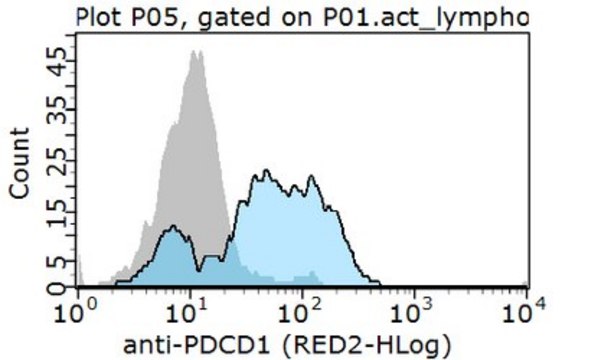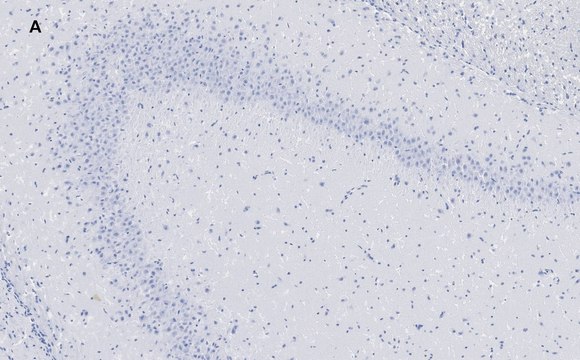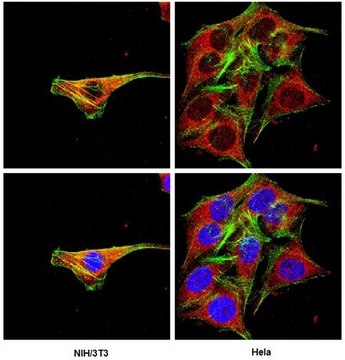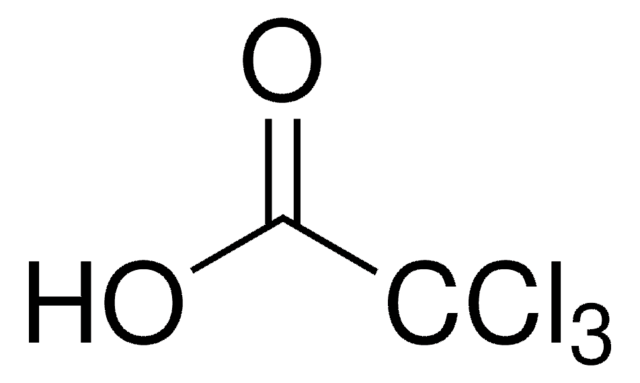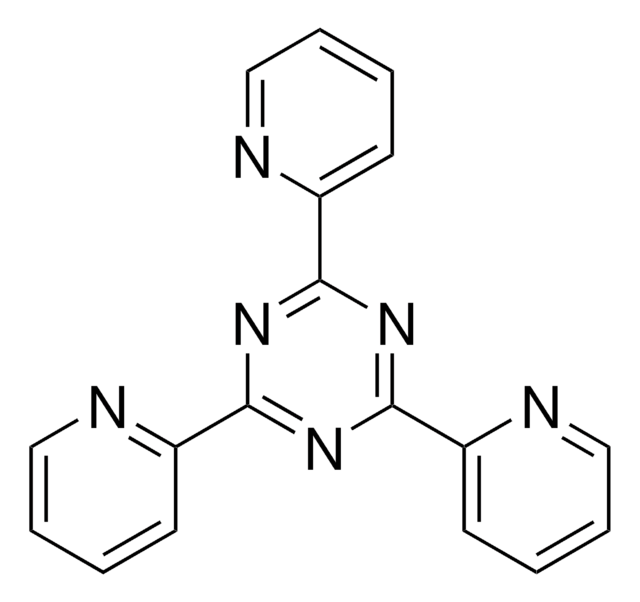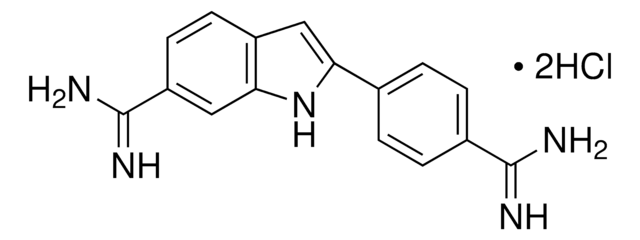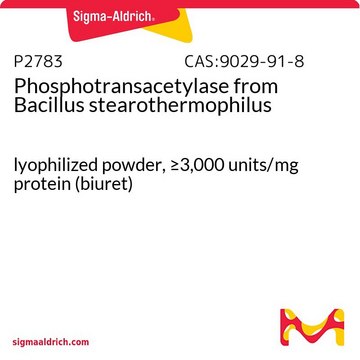MABF1110
Anti-UBR5 Antibody, clone 16G10.1
clone 16G10.1, from mouse
别名:
E3 ubiquitin-protein ligase UBR5, EC: 2.3.2.26, E3 ubiquitin-protein ligase, HECT domain-containing 1, HECT-type E3 ubiquitin transferase UBR5, Hyperplastic discs protein homolog, hHYD, Progestin-induced protein
登录查看公司和协议定价
所有图片(2)
About This Item
UNSPSC代码:
12352203
eCl@ss:
32160702
NACRES:
NA.41
推荐产品
生物来源
mouse
质量水平
抗体形式
purified immunoglobulin
抗体产品类型
primary antibodies
克隆
16G10.1, monoclonal
种属反应性
human
包装
antibody small pack of 25 μg
技术
immunohistochemistry: suitable (paraffin)
western blot: suitable
同位素/亚型
IgG2bκ
NCBI登记号
UniProt登记号
运输
ambient
靶向翻译后修饰
unmodified
基因信息
human ... UBR5(51366)
相关类别
一般描述
E3 ubiquitin-protein ligase UBR5 (UniProt; O95071; also known as EC: 2.3.2.26, E3 ubiquitin-protein ligase, HECT domain-containing 1, HECT-type E3 ubiquitin transferase UBR5, Hyperplastic discs protein homolog, hHYD, Progestin-induced protein) is encoded by the UBR5 (also known as EDD, EDD1, HYD, KIAA0896) gene (Gene ID: 51366) in human. UBR5 is a widely expressed nuclear E3 ligase that is most abundant in testis and expressed at high levels in brain, pituitary and kidney. It is a component of the N-end rule pathway that recognizes and binds to proteins bearing specific N-terminal residues that are destabilizing according to the N-end rule, leading to their ubiquitination and subsequent degradation. UBR5 is involved in maturation and/or transcriptional regulation of mRNA by activating CDK9 by polyubiquitination and may play a role in control of cell cycle progression. It is shown to regulate DNA topoisomerase II binding protein (TopBP1) in the DNA damage response and may have a tumor suppressive function. It acts as a suppressor of RNF168, an E3 ubiquitin-protein ligase that promotes accumulation of Lys-63-linked histone H2A and H2AX at DNA damage sites, thereby acting as a guard against excessive spreading of ubiquitinated chromatin at damaged chromosomes. URB5 contains a zinc-finger domain (aa 1177-1245), a poly(A)-binding protein C-terminal (PABC) domain(aa 2377-2454), and a (Homologous to the E6-AP Carboxyl Terminus (HECT) domain (aa 2462-2799). Two isoforms of UBR5 have been described that are produced by alternative splicing.
特异性
Clone 16G10.1 detects E3 ubiquitin-protein ligage UBR5 in human cells. It targets an epitope within 181 amino acids from the C-terminal half.
免疫原
GST/His-tagged recombinant fragment corresponding to 181 amino acids from the C-terminal half of human E3 ubiquitin-protein ligase UBR5.
应用
Anti-UBR5, clone 16G10.1, Cat. No. MABF1110, is a mouse monoclonal antibody that detects E3 ubiquitin-protein ligase UBR5 and is tested for use in Immunohistochemistry (Paraffin) and Western Blotting.
Immunohistochemistry Analysis: A 1:250 dilution from a representative lot detected UBR5 in human cerebral cortex, human tonsil, and human prostate cancer tissues.
Research Category
Inflammation & Immunology
Inflammation & Immunology
质量
Evaluated by Western Blotting in Raji cell lysate.
Western Blotting Analysis: 1 µg/mL of this antibody detected UBR5 in 10 µg of Raji cell lysate.
Western Blotting Analysis: 1 µg/mL of this antibody detected UBR5 in 10 µg of Raji cell lysate.
目标描述
~305 kDa oserved; 309.35 kDa calculated. Uncharacterized bands may be observed in some lysate(s).
外形
Protein G purified
Format: Purified
Purified mouse monoclonal antibody IgG2b in buffer containing 0.1 M Tris-Glycine (pH 7.4), 150 mM NaCl with 0.05% sodium azide.
储存及稳定性
Stable for 1 year at 2-8°C from date of receipt.
其他说明
Concentration: Please refer to lot specific datasheet.
免责声明
Unless otherwise stated in our catalog or other company documentation accompanying the product(s), our products are intended for research use only and are not to be used for any other purpose, which includes but is not limited to, unauthorized commercial uses, in vitro diagnostic uses, ex vivo or in vivo therapeutic uses or any type of consumption or application to humans or animals.
未找到合适的产品?
试试我们的产品选型工具.
储存分类代码
12 - Non Combustible Liquids
WGK
WGK 1
闪点(°F)
does not flash
闪点(°C)
does not flash
Neel Dhingani et al.
Scientific reports, 10(1), 18648-18648 (2020-10-31)
Very early onset inflammatory bowel disease (VEOIBD) denotes children with onset of IBD before six years of age. A number of monogenic disorders are associated with VEOIBD including tetratricopeptide repeat domain 7A (TTC7A) deficiency. TTC7A-deficiency is characterized by apoptotic colitis
我们的科学家团队拥有各种研究领域经验,包括生命科学、材料科学、化学合成、色谱、分析及许多其他领域.
联系技术服务部门